
A cash register, sometimes called a till or automated money handling system, is a mechanical or electronic device for registering and calculating transactions at a point of sale. It is usually attached to a drawer for storing cash and other valuables. A modern cash register is usually attached to a printer that can print out receipts for record-keeping purposes.
Embezzlement is the act of withholding assets for the purpose of conversion of such assets, by one or more persons to whom the assets were entrusted, either to be held or to be used for specific purposes. Embezzlement is a type of financial fraud. For example, a lawyer might embezzle funds from the trust accounts of their clients; a financial advisor might embezzle the funds of investors; and a husband or a wife might embezzle funds from a bank account jointly held with the spouse.
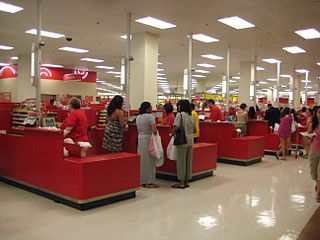
The point of sale (POS) or point of purchase (POP) is the time and place where a retail transaction is completed. At the point of sale, the merchant calculates the amount owed by the customer, indicates that amount, may prepare an invoice for the customer, and indicates the options for the customer to make payment. It is also the point at which a customer makes a payment to the merchant in exchange for goods or after provision of a service. After receiving payment, the merchant may issue a receipt for the transaction, which is usually printed but can also be dispensed with or sent electronically.

Shoplifting is the theft of goods from an open retail establishment, typically by concealing a store item on one's person, in pockets, under clothes, or in a bag, and leaving the store without paying. With clothing, shoplifters may put on items from the store and leave the store wearing the clothes. The terms "shoplifting" and "shoplifter" are not usually defined in law. The crime of shoplifting generally falls under the legal classification of larceny. Shoplifting is distinct from burglary, robbery, or armed robbery. In the retail industry, the word "shrinkage" can be used to refer to merchandise lost by shoplifting, but the word also includes loss by other means, such as waste, uninsured damage to products, and theft by store employees.
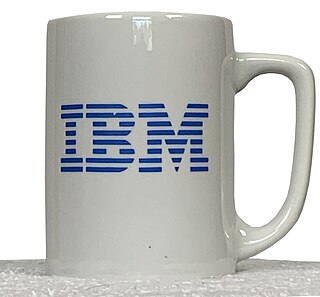
Merchandising is any practice which contributes to the sale of products to a retail consumer. At a retail in-store level, merchandising refers to displaying products that are for sale in a creative way that entices customers to purchase more items or products.

A retail cashier or simply a cashier is a person who handles the cash register at various locations such as the point of sale in a retail store. The most common use of the title is in the retail industry, but this job title is also used in the context of accountancy for the person responsible for receiving and disbursing money or within branch banking in the United Kingdom for the job known in the United States as a bank teller.

Online shopping is a form of electronic commerce which allows consumers to directly buy goods or services from a seller over the Internet using a web browser or a mobile app. Consumers find a product of interest by visiting the website of the retailer directly or by searching among alternative vendors using a shopping search engine, which displays the same product's availability and pricing at different e-retailers. As of 2020, customers can shop online using a range of different computers and devices, including desktop computers, laptops, tablet computers and smartphones.
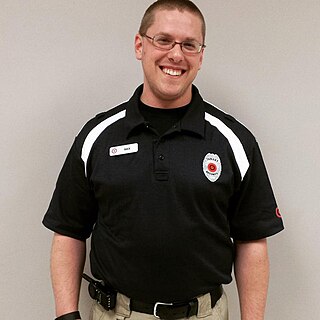
Retail loss prevention is a set of practices employed by retail companies to preserve profit. Profit preservation is any business activity specifically designed to reduce preventable losses. A preventable loss is any business cost caused by deliberate or inadvertent human actions, colloquially known as "shrinkage". Loss prevention is mainly found within the retail sector but also can be found within other business environments.
Electronic article surveillance is a technological method for preventing shoplifting from retail stores, pilferage of books from libraries or removal of properties from office buildings. Special tags are fixed to merchandise; these tags are removed or deactivated by the clerks when the item is properly bought or checked out. At the exits of the store, a detection system sounds an alarm or otherwise alerts the staff when it senses active tags. Some stores also have detection systems at the entrance to the restrooms that sound an alarm if someone tries to take unpaid merchandise with them into the restroom. For high-value goods that are to be manipulated by the patrons, wired alarm clips called spider wrap may be used instead of tags.
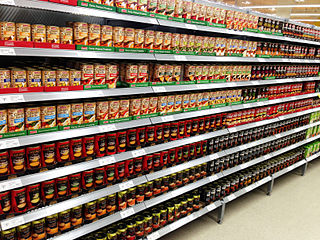
In the retail industry, facing is the practice of pulling products forward to the front of the display or shelf on which they are placed, typically with the items' labels facing forward. This is done to keep a store appearing neat and organized, and can help create the illusion of a perfectly stocked store.
A store detective is a member of loss prevention whose main role is to prevent and detect theft and reduce shrink in retail outlets. They do this by patrolling the store in plain clothes looking to identify members of the public who are stealing from the store. More common terms today with major retailers are loss prevention agent, detective or investigator and asset protection officer. Special officer, once common, is now rarely used, as few jurisdictions still allow it.
Service Merchandise was a retail chain of catalog showrooms carrying jewelry, toys, sporting goods, and electronics. The company, which first began in 1934 as a five-and-dime store, was in existence for 68 years before ceasing operations in 2002.
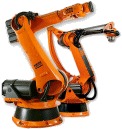
Automated cash handling is the process of dispensing, counting and tracking cash in a bank, retail, check cashing, payday loan / advance, casino or other business environment through specially designed hardware and software for the purposes of loss prevention, theft deterrence and reducing management time for oversight of cash drawer an unable operations.

Visual Merchandising is the practice in the retail industry of optimizing the presentation of products and services to better highlight their features and benefits. The purpose of such visual merchandising is to attract, engage, and motivate the customer towards making a purchase.
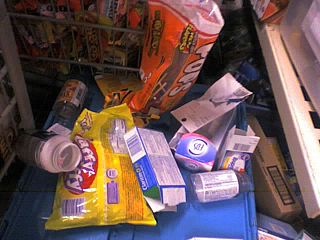
In accounting, inventory shrinkage occurs when a retailer has fewer items in stock than in the inventory list due to clerical error, goods being damaged, lost, or stolen between the point of manufacture and the point of sale. This affects profit: if shrinkage is large, profits decrease. This leads retailers to increase prices to make up for losses, passing the cost of shrinkage onto customers.
Return fraud is the act of defrauding a retail store by means of the return process. There are various ways in which this crime is committed. For example, the offender may return stolen merchandise to secure cash, steal receipts or receipt tape to enable a falsified return, or use somebody else's receipt to try to return an item picked up from a store shelf. Return abuse is a form of "friendly fraud" where someone purchases products without intending to keep them. Perhaps the best-known form of this abuse is "wardrobing" or "free renting" – in which the person makes a purchase, use the product(s), and then returns the merchandise.

In retail, a product return is the process of a customer taking previously purchased merchandise back to the retailer, and in turn receiving a refund in the original form of payment, exchange for another item, or a store credit.
StopLift is a checkout vision system designed to prevent shoplifting and employee theft in retail businesses. StopLift, Inc., also known as StopLift Checkout Vision Systems, is the company which developed the system. StopLift, Inc. is headquartered in Cambridge, Massachusetts.
A retail clerk, also known as a salesclerk, shop clerk, retail associate or shop assistant or customer service assistant, is a service role in a retail business.
A chief visibility officer (CVO) or director of visibility is an individual appointed to oversee all aspects of performance across retail stores, corporations or organizations as part of the C-Suite of executives. The role of the CVO emerged to manage the integration of ideas, disciplines, technologies and people focused on elevating retail enterprise visibility. The title is commonly associated with Retail Loss Prevention (LP) leaders and professionals who maintain the highest position in security management and maintain the security operations in the store to achieve a high level of visibility.











